
5 things to know about Winnipeg’s big sewage problem
115 billion litres, 70 years to fix, $5.5 billion in lawsuits
In Wilmot Township, Ont., family histories and futures are closely intertwined with the land and what governments decide to do with it.
Adam van Bergeijk moved to the southern Ontario farming region 28 years ago with his wife and two sons after development encroached on the lands surrounding his dairy farm in the Netherlands.
He figured that would never happen in Ontario, where farmland was fertile and protected.
But in March, van Bergeijk was approached by Canacre, a private-sector land consultant, with an offer to buy his family’s land for industrial use on behalf of the Region of Waterloo and the Township of Wilmot.
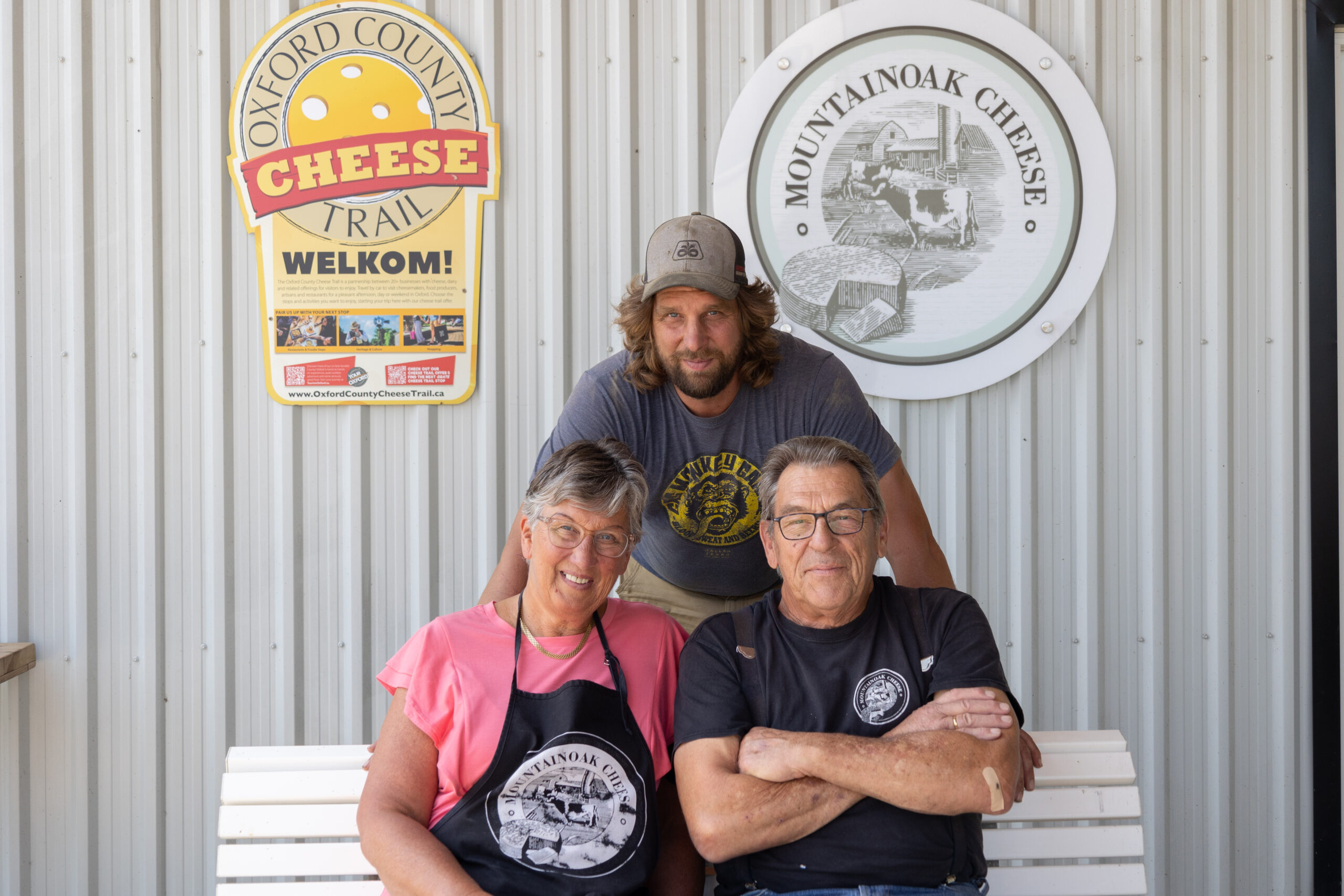
The township is on the traditional territories of the Neutral, Anishnaabeg, Haudenosaunee and Mississauga peoples. It is made up of a dozen towns and villages that rely heavily on farming, lies southwest of Kitchener and the city of Waterloo. The land the region is looking to expropriate is just south of New Hamburg, one of the township’s larger centres.
Van Bergeijk has been making cheese for 43 years, most of them here on a farm adjacent to the land the region is eyeing. Over the past few years, his family bought additional land right in the middle of that site to expand their operations. His two sons and their children planned for a future on Mountainoak Farm. Selling the new land was not in the plans, so they turned down Canacre’s offer and started asking questions.
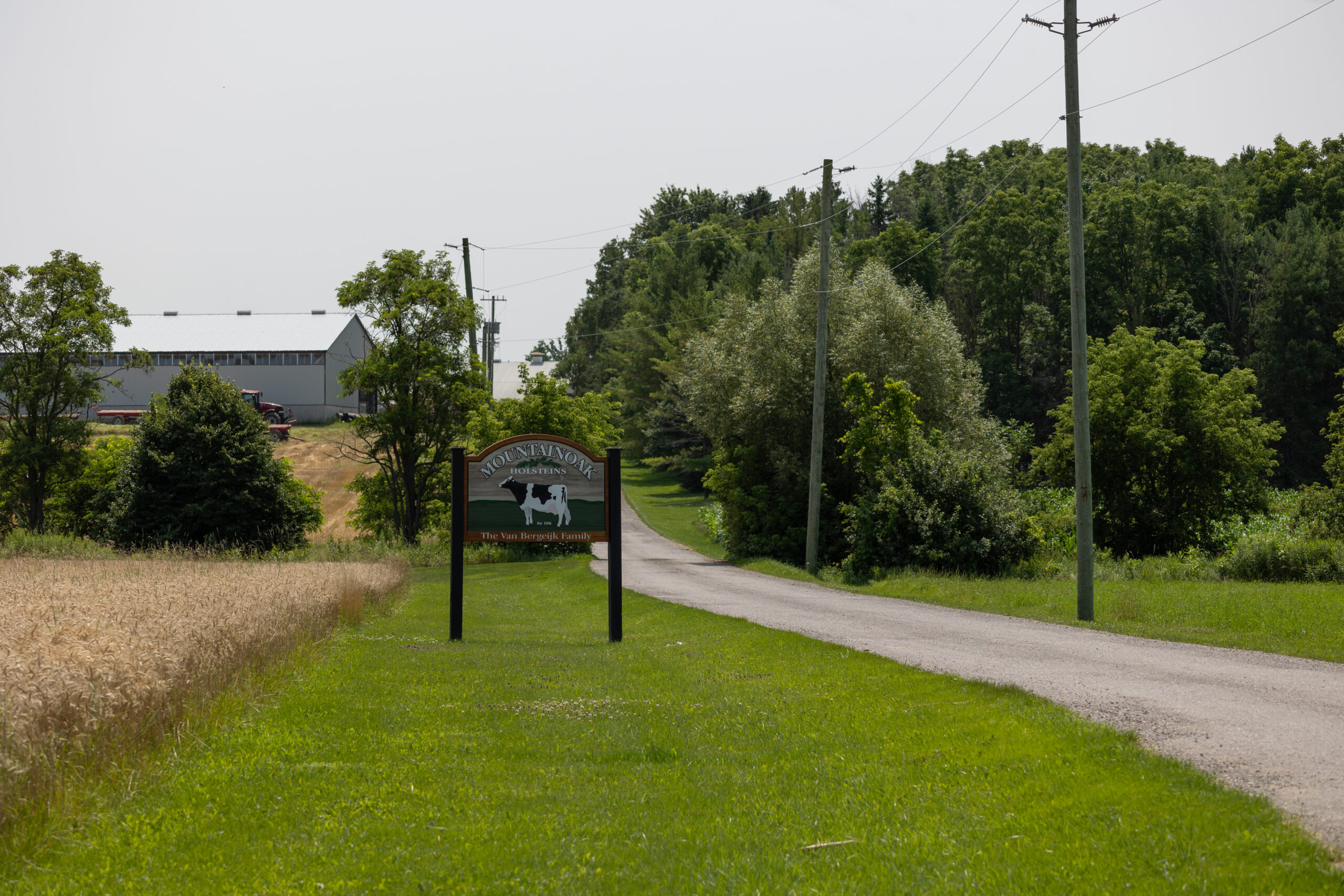
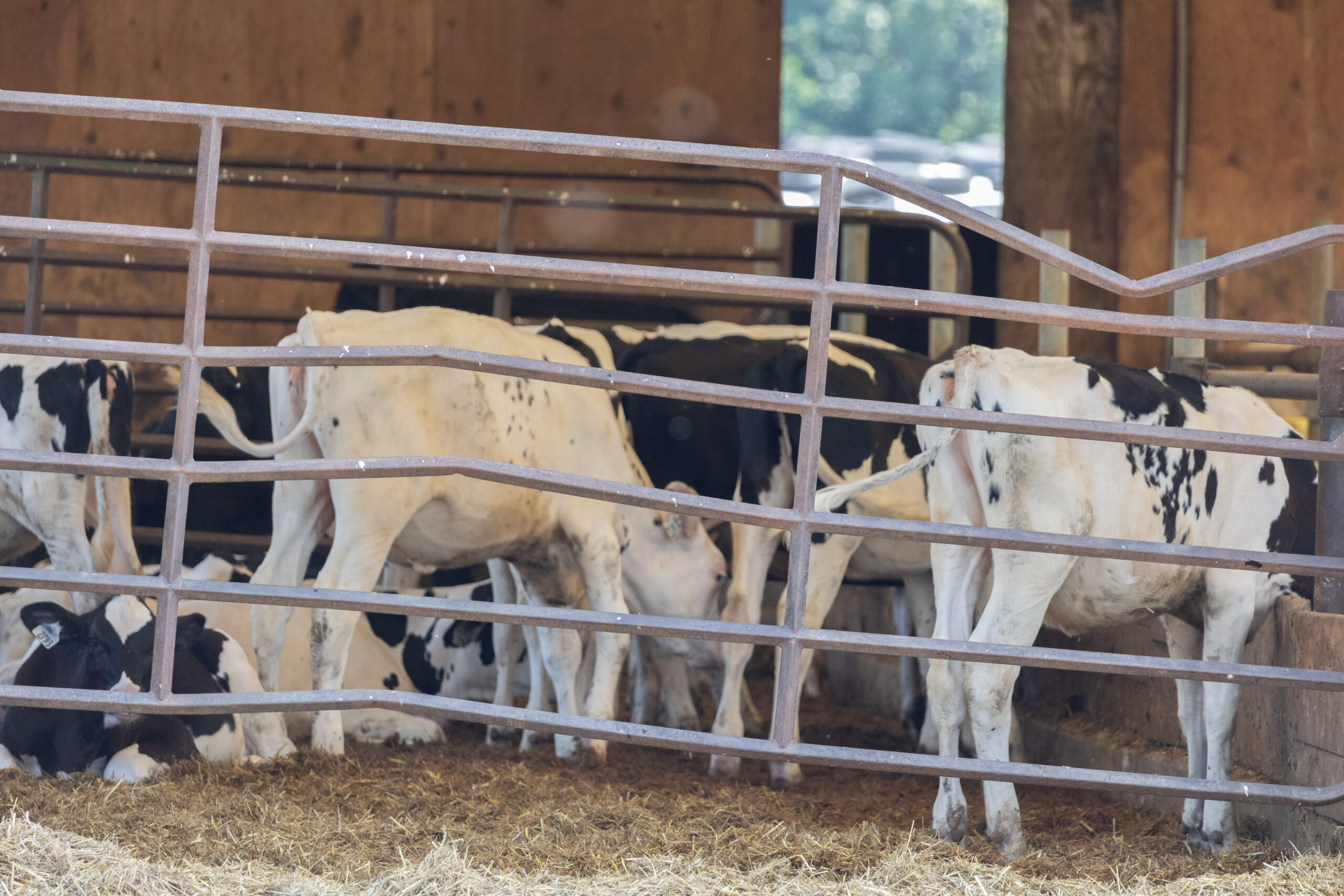
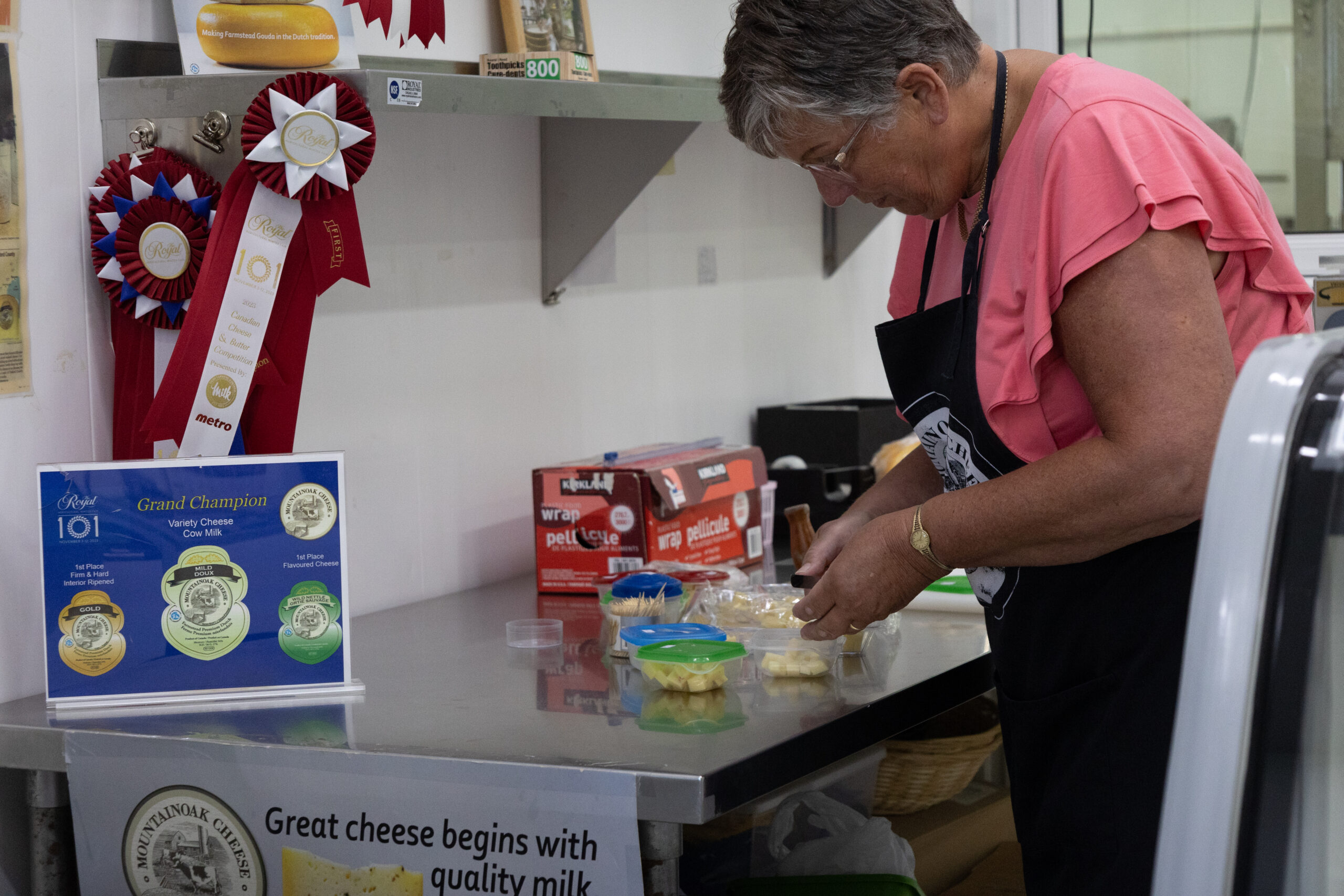
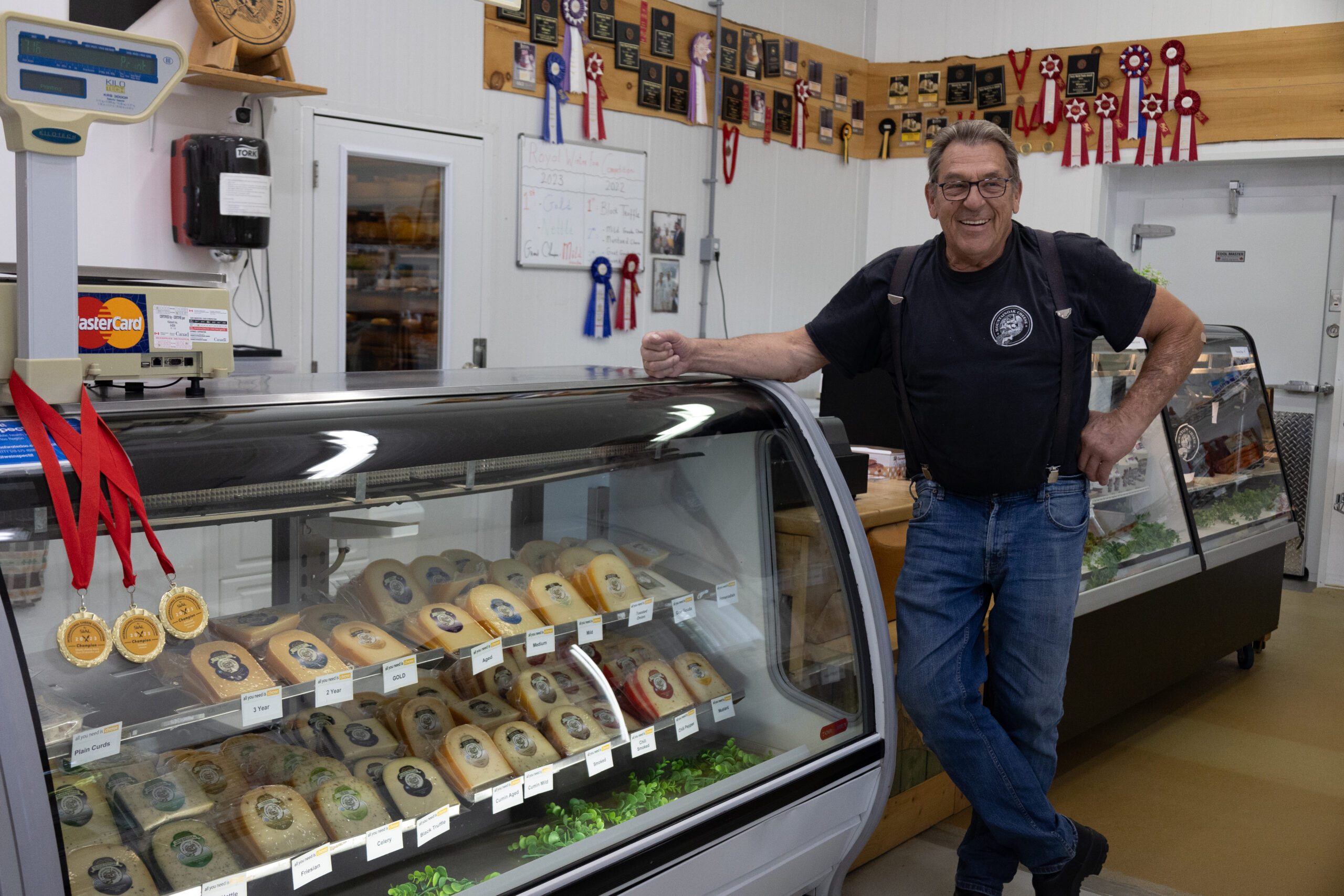
All they — and Wilmot residents at large — have learned is this: according to flyers sent out by local officials many times since March, the region is responding to a provincial call to assemble shovel-ready land for industry. Having identified just under 800 acres, or about 323 hectares, in the middle of Wilmot that includes six farms and six residential properties, the region told the landowners their options are to sell or have their land expropriated — and soon.
“As you may be aware, there is currently a shortage of industrial lands in the Region of Waterloo,” one of the flyers says. “To address this situation, the region is considering the acquisition of strategic land parcels to ensure its ability to accommodate the full range of new job growth and business investment to 2051. The intention is to assemble a new industrial business park.” It doesn’t say what kind of industry or business.
In a different flyer, the region says the land is being assembled “for future investment from a major employer,” without mentioning who that employer is. This flyer promises the land shift “will result in thousands of well-paying local jobs and further economic prosperity in Waterloo Region.”
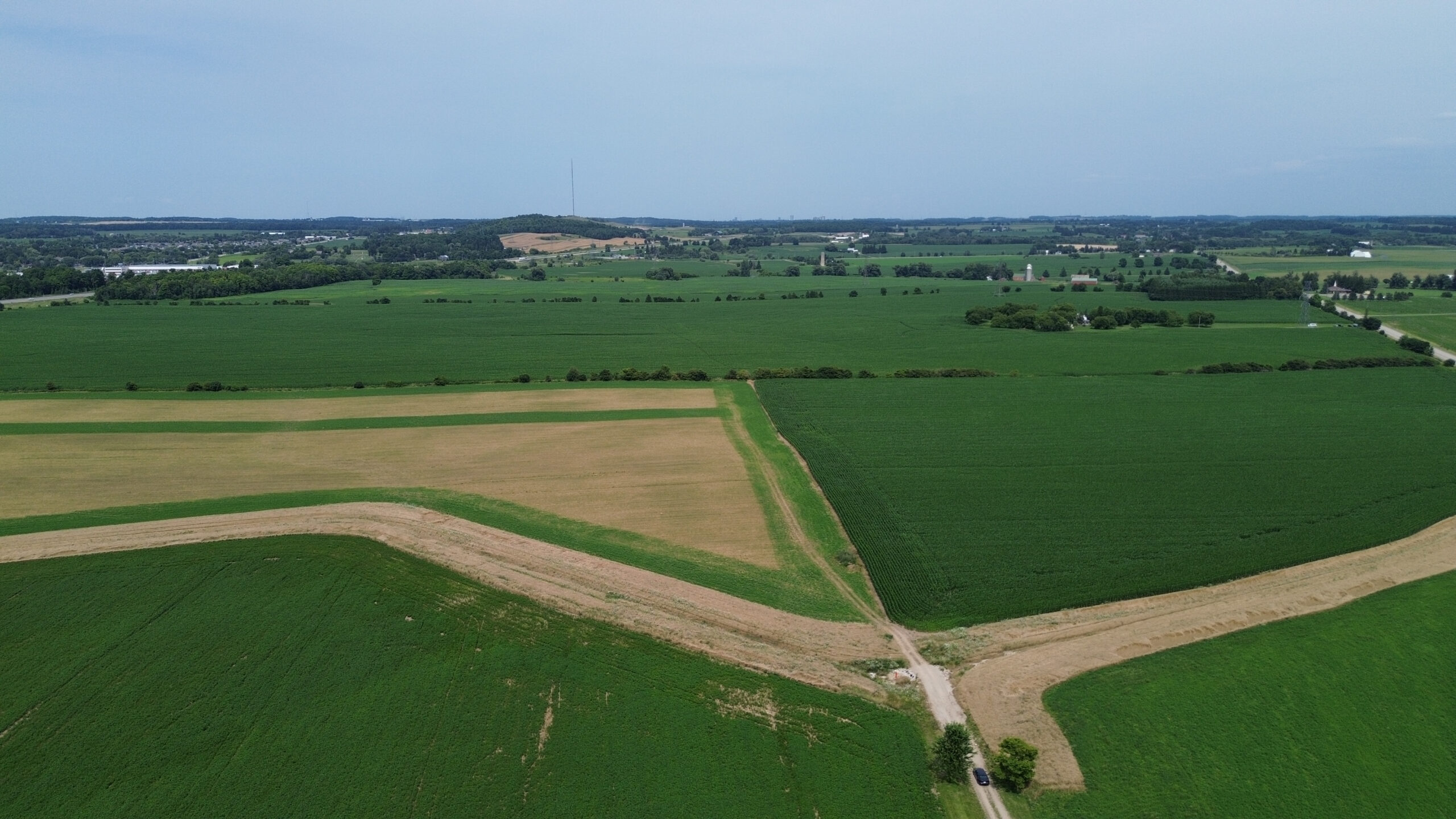
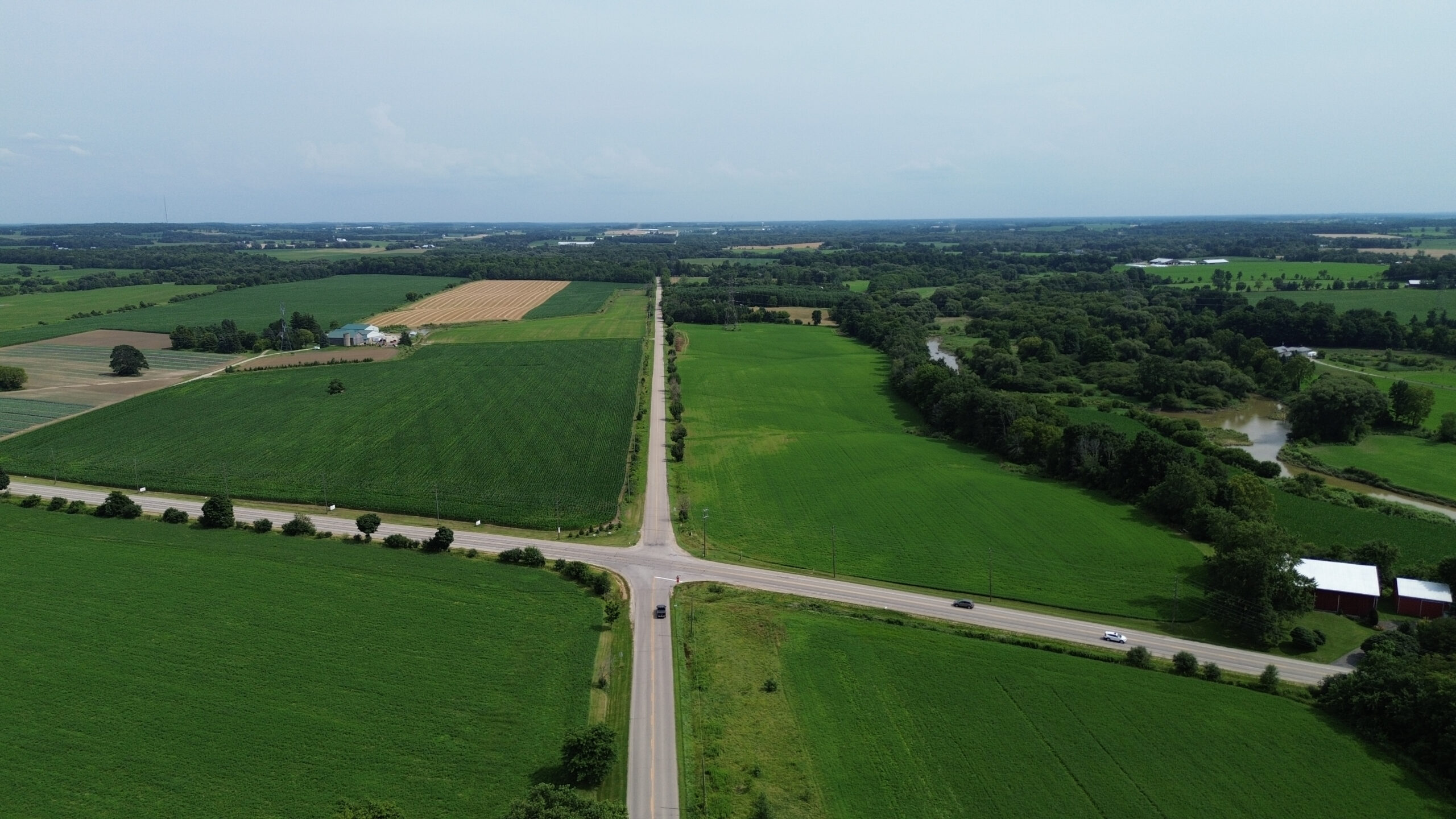
More than four months later, it is still unclear what company or even industry the Wilmot land is being prepared for. Economic Development Minister Vic Fedeli told Waterloo Region Record in May the land wasn’t going to become an electric-vehicle battery plant. The township, the region’s planning department and the province did not respond to emails from The Narwhal.
“Biggest problem is not knowing what is coming,” van Bergeijk says. “Could be a warehouse. Could be a chemical plant. Could be a garbage dump. We don’t know. That’s the strangest thing.” In the second flyer, the region notes while confidentiality can be “frustrating,” it’s a “common practice in real estate negotiations, with the intention to protect the integrity of conversations and negotiations with the buyer and seller.”
Most farmers in Wilmot have banded together to oppose the expropriation. The grassroots group dubbed “Fight for Farmland” has signage everywhere across the township: peeking between crops of corn and cabbage, set up in front of the fields and barns where cows eat and sleep, stuck into the dirt on the side of roads, placed in the windows of shops and restaurants and planted on the front yards of nearly every house within driving distance of the lands.

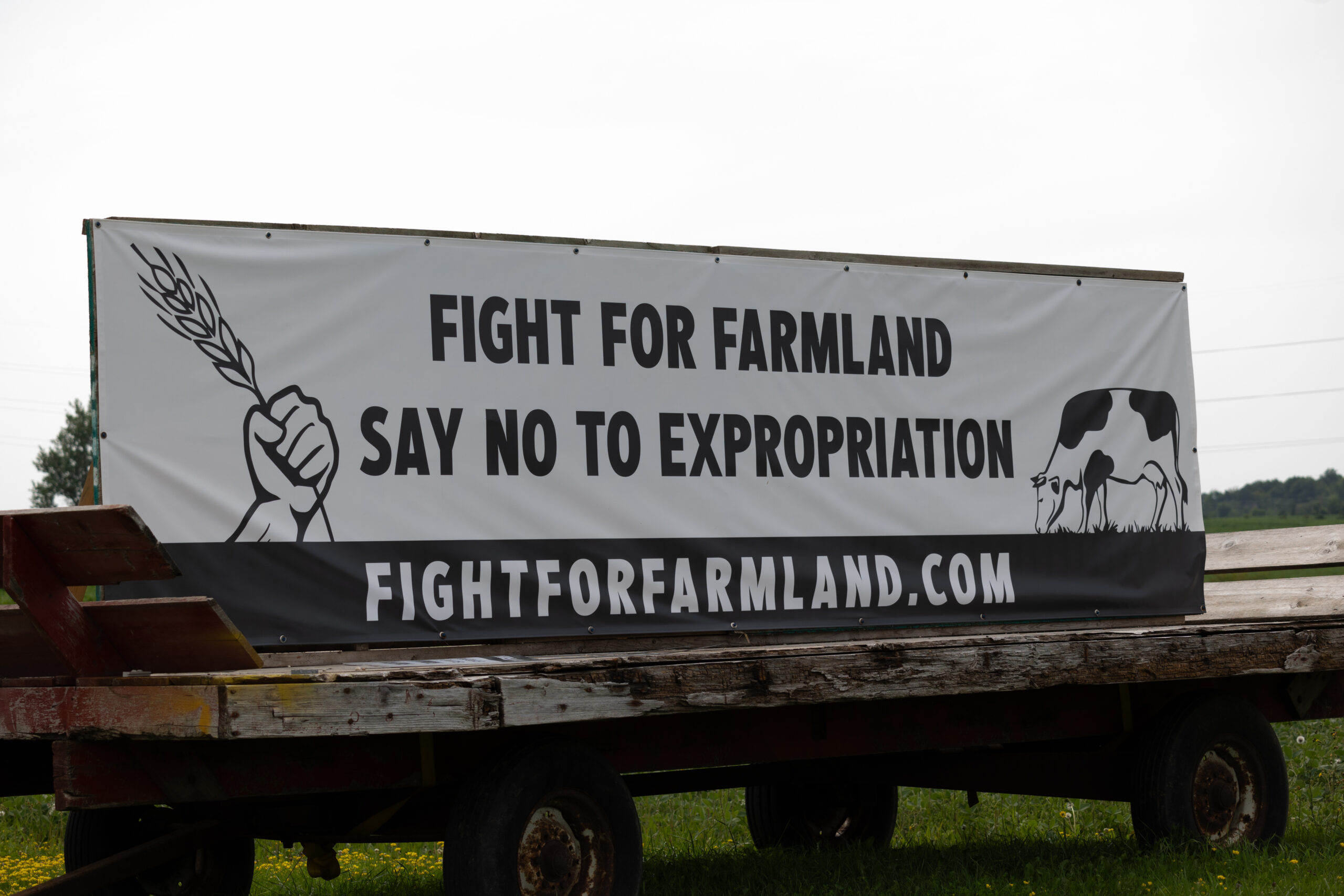
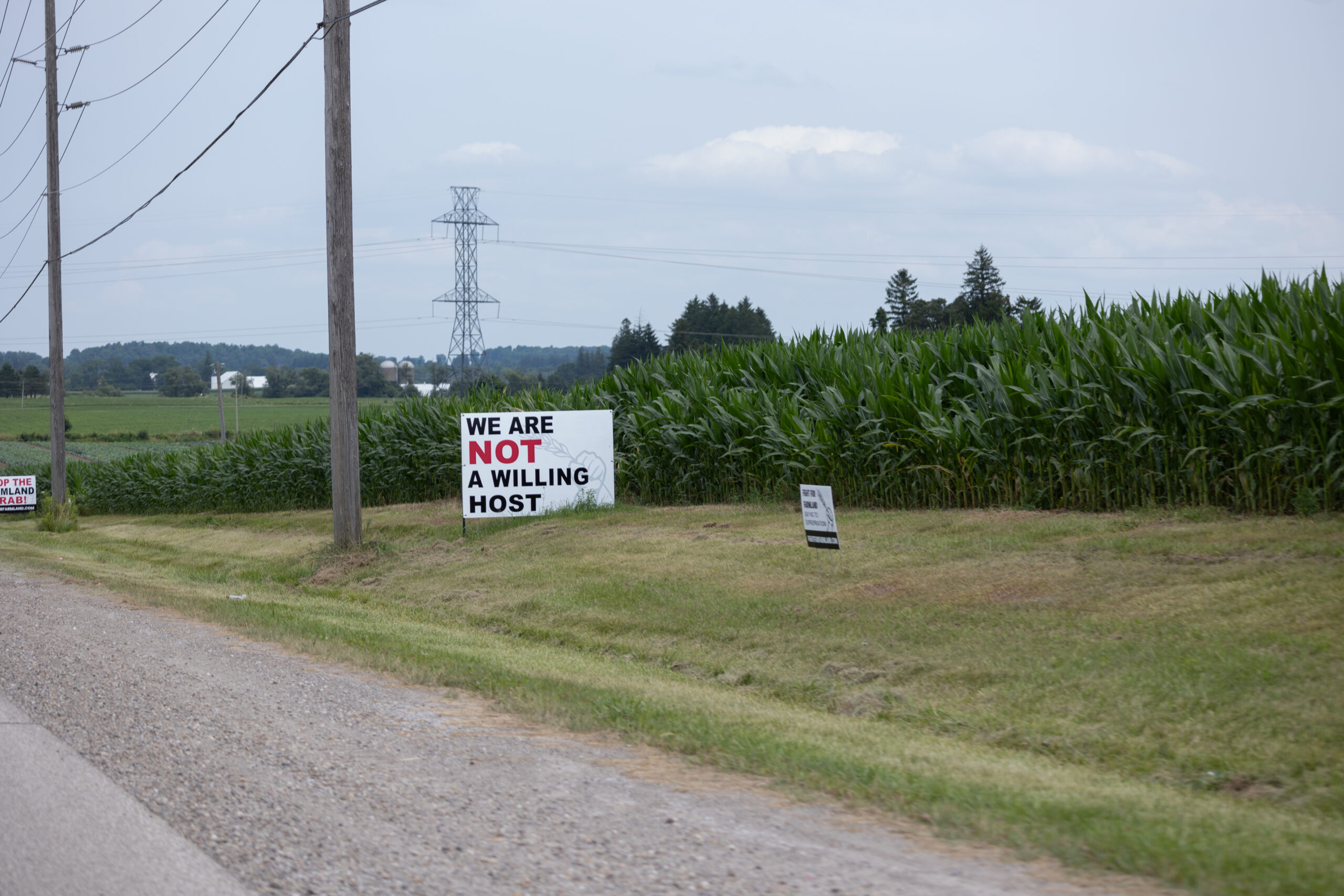
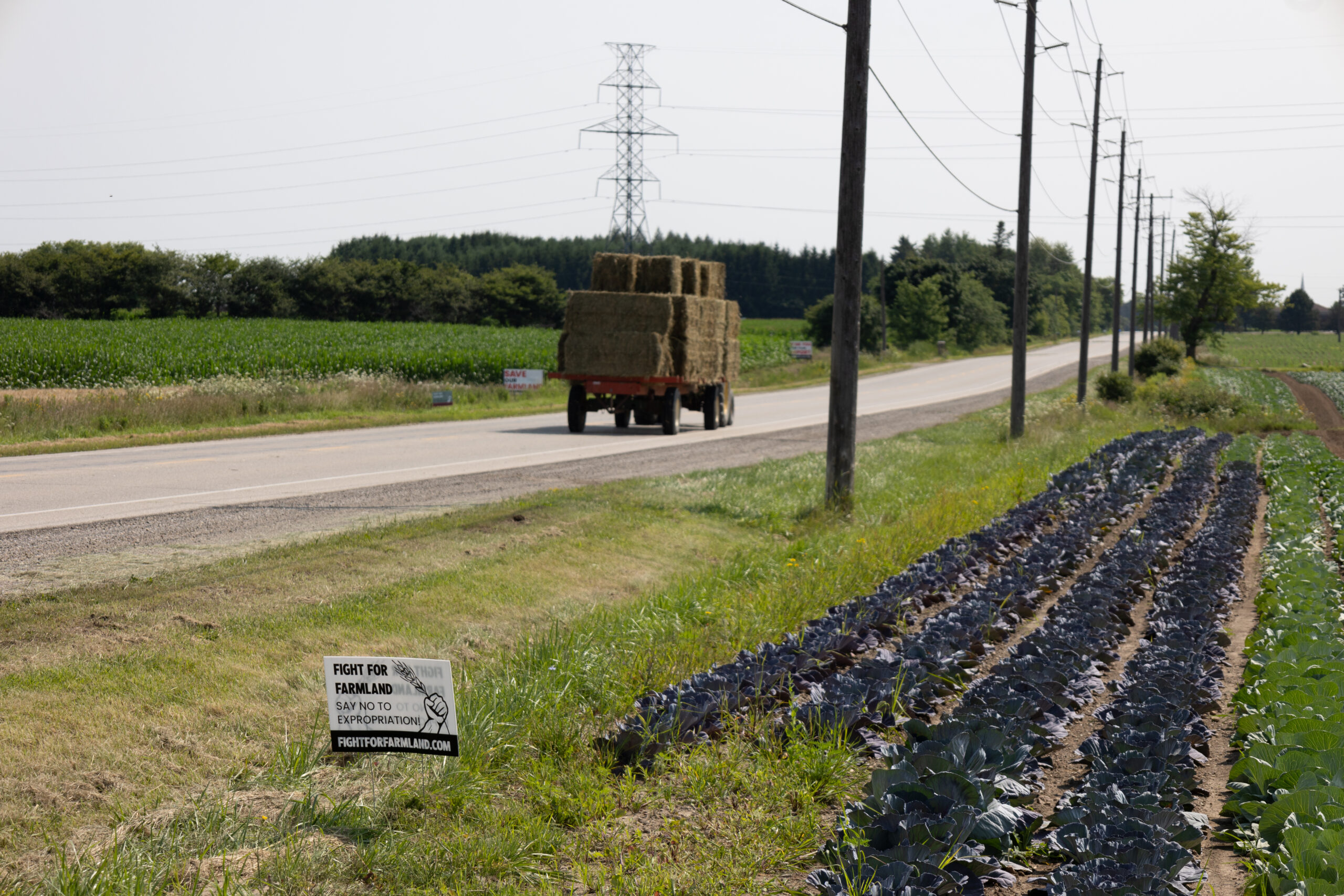
The group’s efforts to glean more information on who wants the land, and why, have not been fruitful. The Region of Waterloo has refused to release any information in response to the 21 requests the group filed under the Municipal Freedom of Information and Protection of Privacy Act.
Seven farmers told The Narwhal they are worried about the impacts of the loss of fertile land on their livelihoods and Ontario’s future food security. They are also concerned about the possible environmental impacts of converting farmland to industrial land.
According to the 2021 Census of Agriculture, Ontario is home to a quarter of Canada’s farms, and almost eight per cent of the country’s farmland. According to Ontario Farmland Trust, the province is losing 319 acres of farmland every day to other uses. At that rate, Ontario will lose all of its farmland in 100 years.
Once farmland is paved over, it can no longer be used to sequester carbon, mitigate floods, filter water, provide habitat for species at risk or grow food.
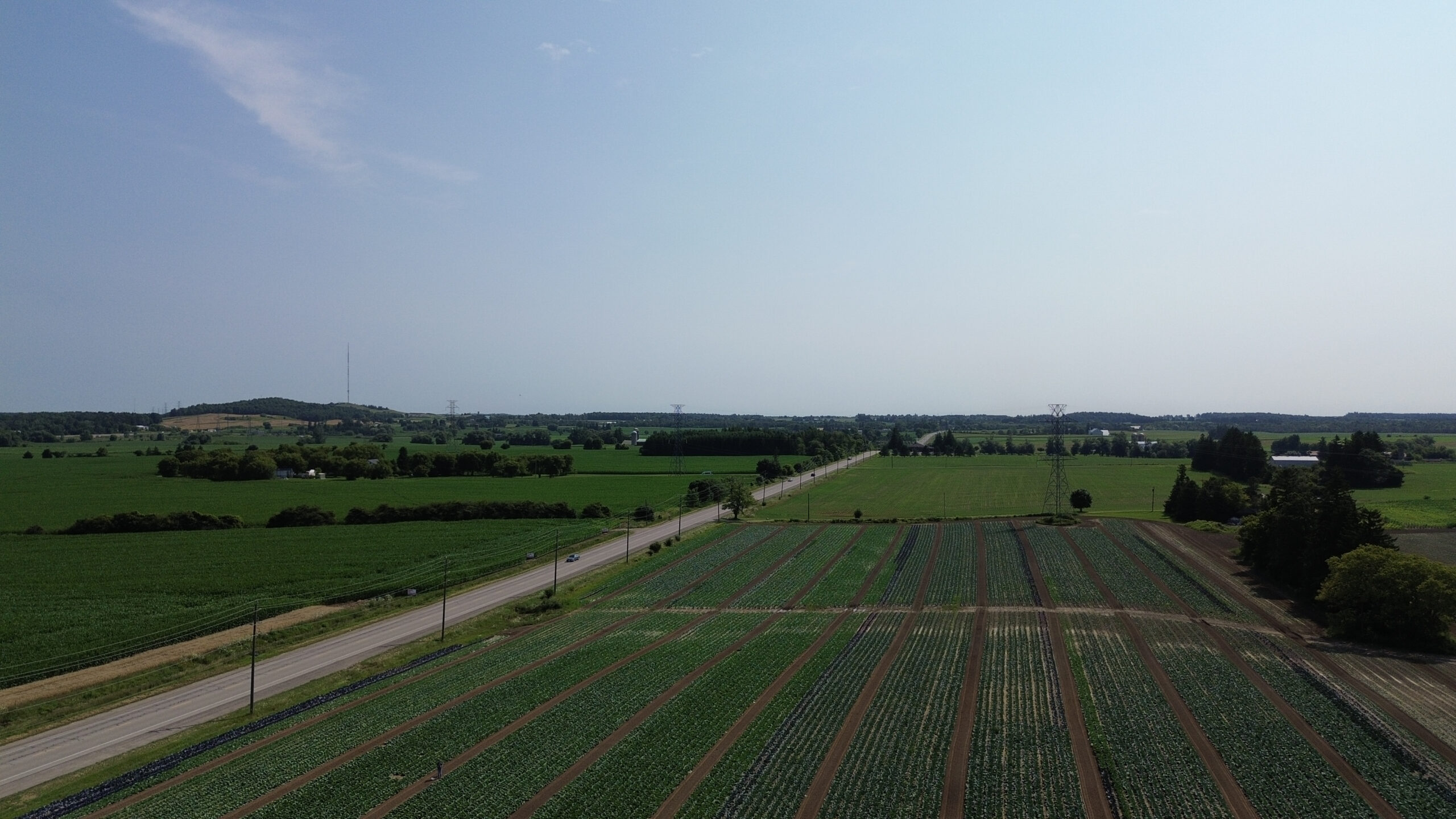
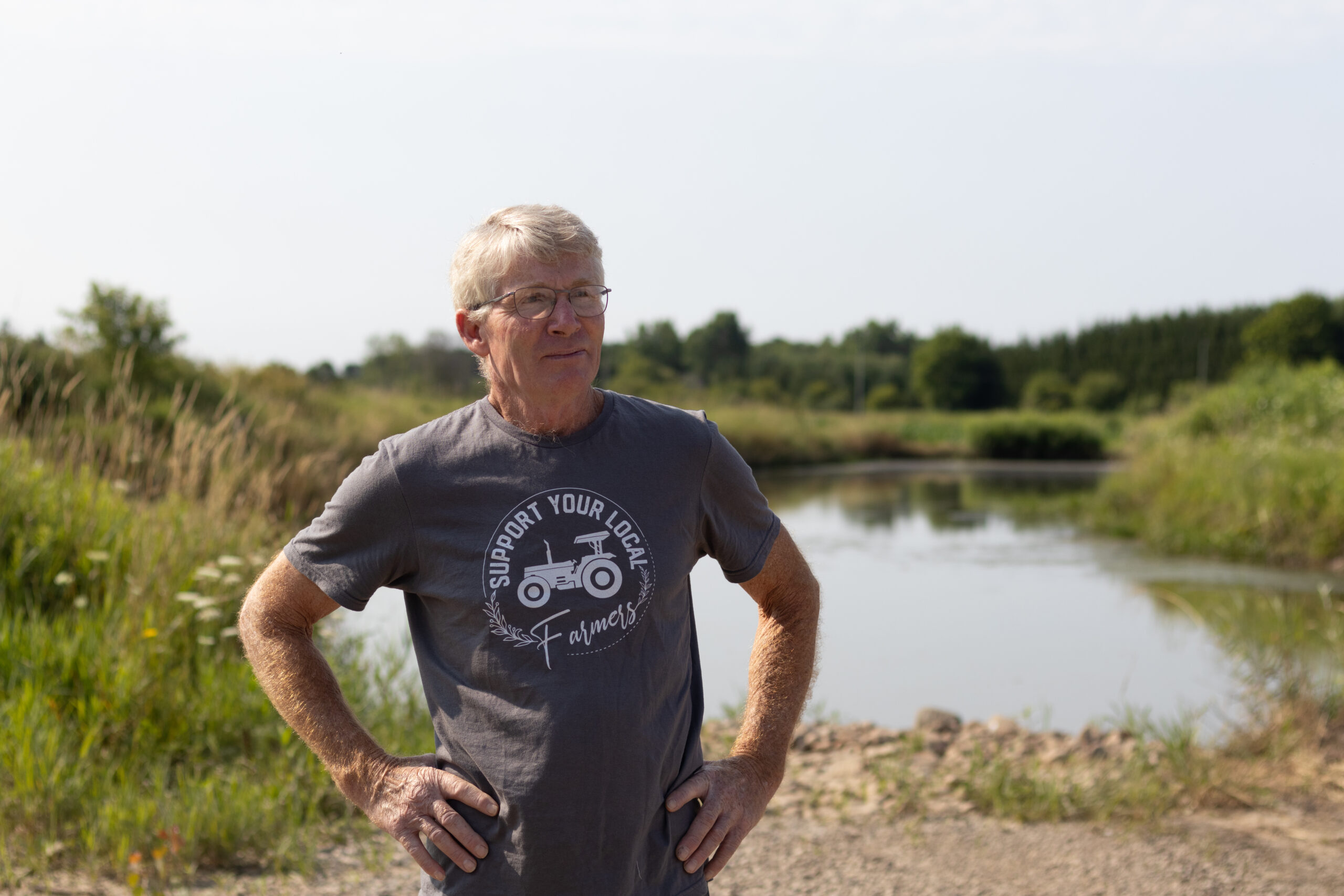
“I don’t think people are giving food production the priority that it should have,” says Richard Good, a retired farmer who still lives on the land he grew up on in Wilmot. Called St. Jacobs Foods, his family’s property is right across the road from the farmlands facing expropriation.
“There were food shortages during COVID, and people sort of woke up and took notice of how maybe we don’t have the security in our food industry that we think. And yet now, you don’t hear anything about that anymore. It’s all about how we need the industry.”
Good’s father — a dairy farmer — bought the 100-acre farm in 1958. When Good took over St. Jacobs Foods, he started growing vegetables, including cauliflower, broccoli and cabbage. He retired nearly three years ago.
“I think what the public needs to realize is that over time the area that we can produce food from is diminishing,” Good says. “And, you know, when do you say ‘stop’ and hold on to what you’ve got instead of just parcelling it away?”
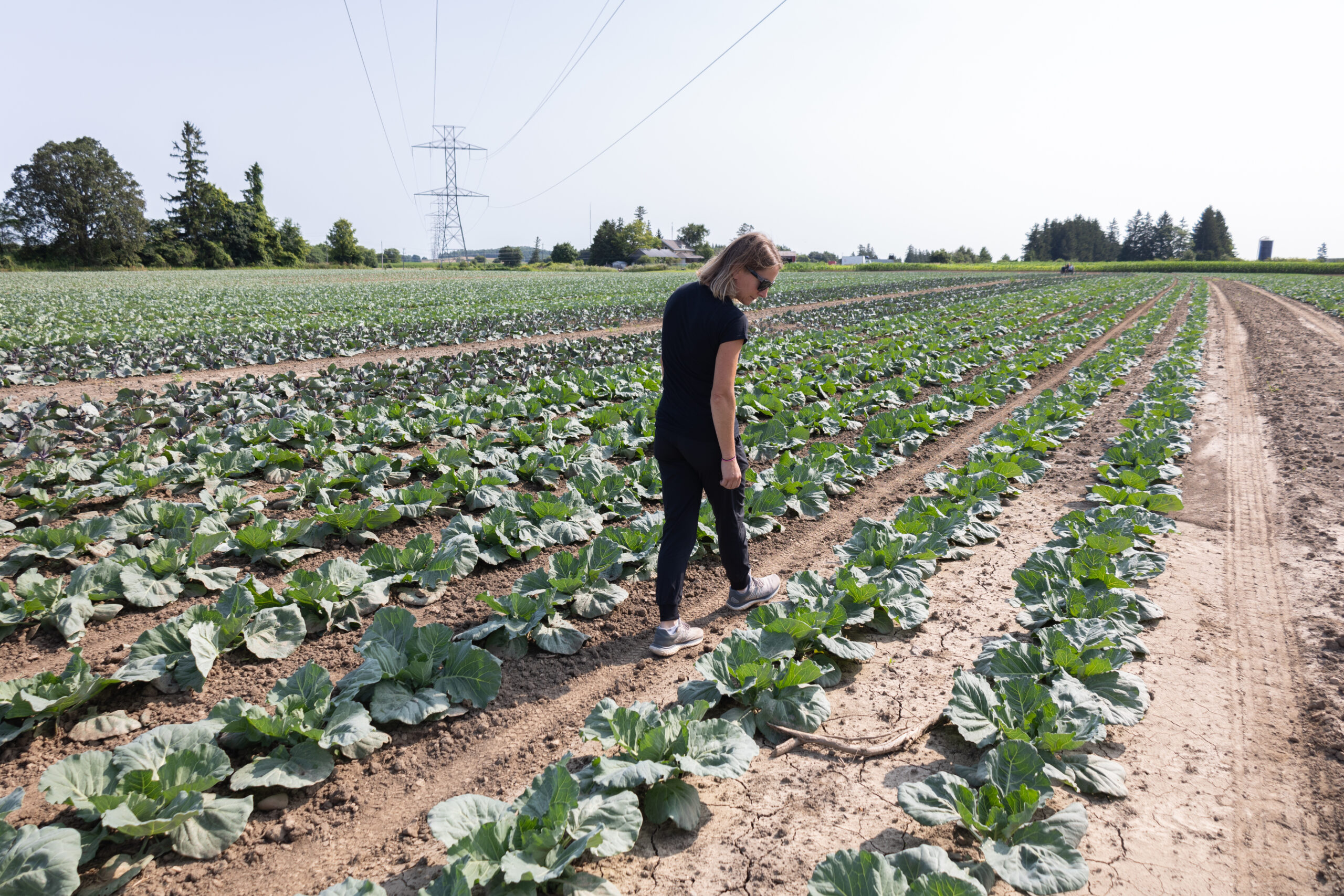

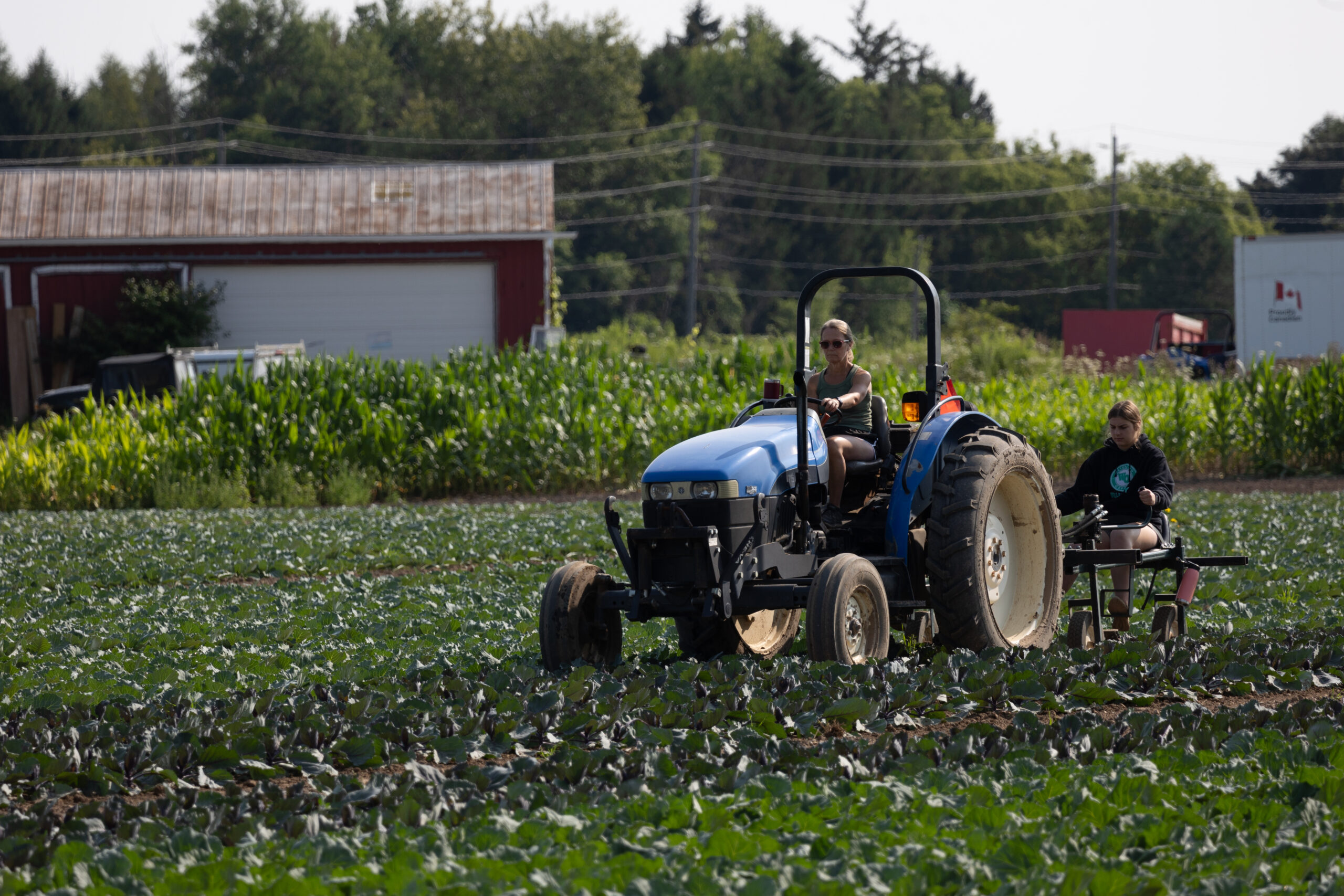
Eva Wagler agrees. She came to Canada from the Czech Republic 14 years ago on a year-long study abroad program and spent time working on Good’s farm. She decided she wanted to stay permanently, and bought part of St. Jacobs Foods from Good. “He taught me everything about farming,” she said. “I fell in love with it right here.”
Though St. Jacobs Foods is not part of the land assembly, Wagler says she is worried about the environmental impacts to her farm.
“Water contamination is a huge concern,” Wagler says, noting a creek that leads to a pond on her site travels through several farms set to be expropriated. “What if the industrial site contaminates the water? We don’t know what kind of impact it’ll have.”
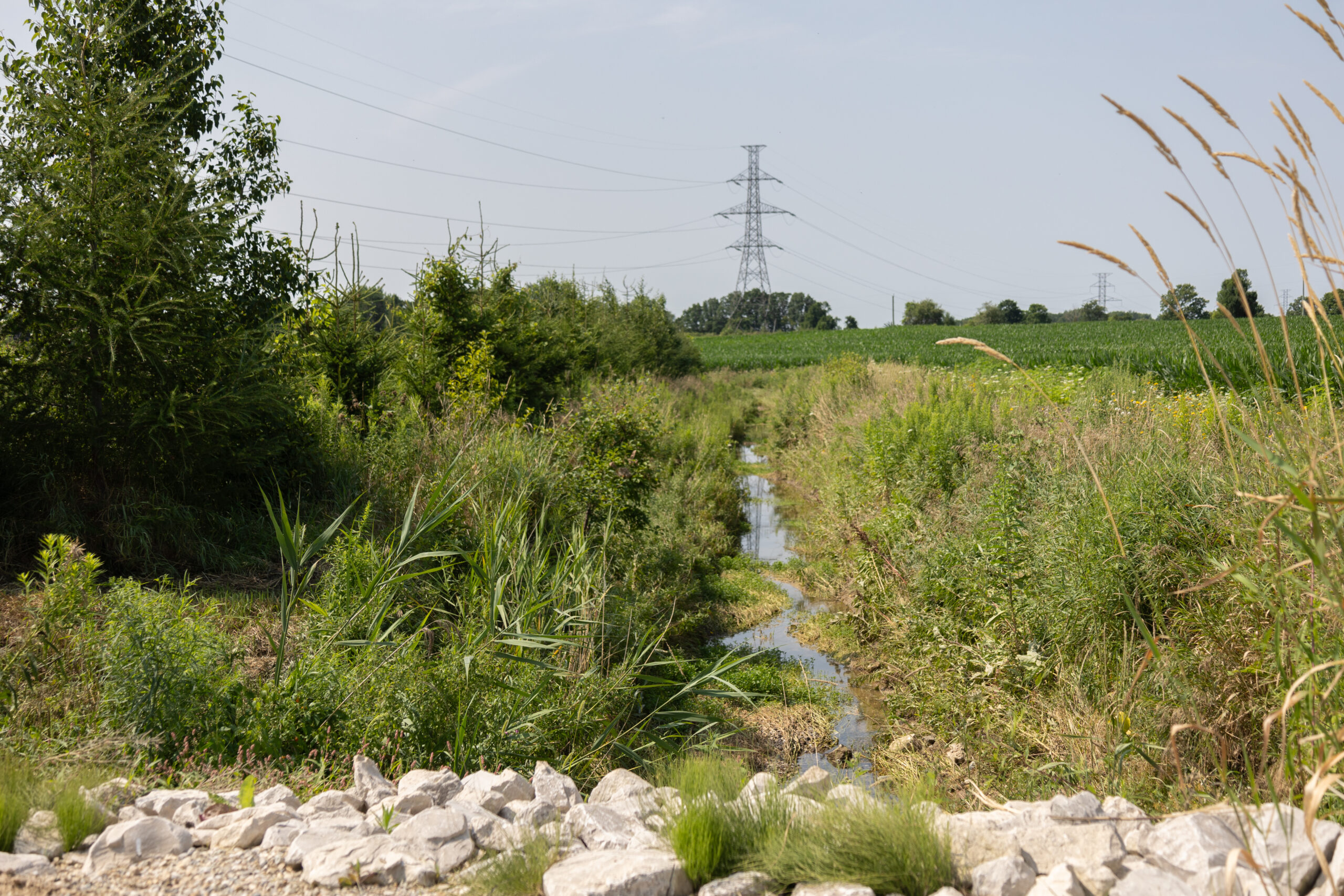
The farmers opposing the expropriation say they don’t object to growth or new economic opportunities in the region. But they say a greater population will require both more jobs and more food. In that balance, they believe the government is prioritizing the wrong thing and in the wrong way.
“I think there is an opportunity for development to happen but we need to talk about it and be creative,” Good says. “I don’t think we can just grab 800 acres in secret.”
